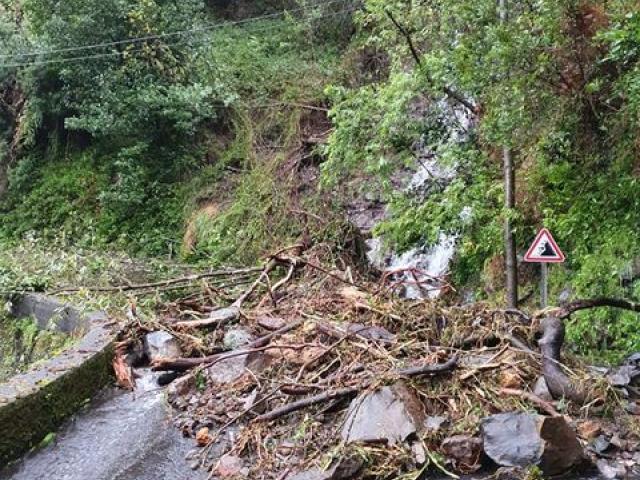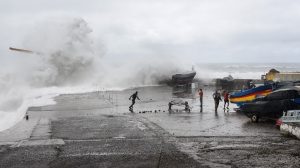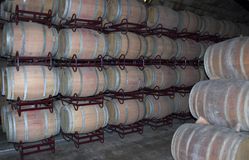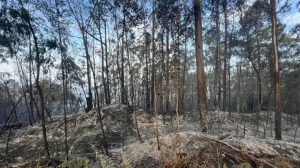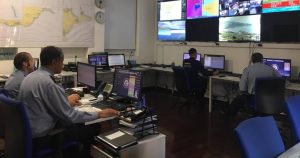The Regional Secretary for the Environment and Climate Change, Alonso Teixeira Miguel, accompanied by the Regional Secretary for Equipment and Infrastructure, Pedro Fino, visited the Regional Civil Engineering Laboratory (LREC) today, in order to learn about the Autonomous Region of Madeira’s Alluvial Alert System.
The visit took place within the scope of the Madeira – Azores Summit which is taking place until Wednesday.
Talking to reporters an Azorean official stated:
“The Azores will now start creating an alert system in risk basins in 4 of the 11 existing basins in the archipelago, located on the islands of São Miguel, Terceira, Pico and São Jorge. As such we expressed an interest in being able to know how the RAM system works, as it is always useful to gain knowledge of pre-existing models. ”
According to Alonso Teixeira Miguel, the fact that Madeira already has an Alluvial Alert System in operation and and a great deal of recorded data and knowledge, the exchange of ideas “will allow the Azores to avoid a series of mistakes that could be made if there was not this valuable collaboration.”
Pedro Fino highlighted that both archipelagos “are prone to alluvium, hence the importance of sharing knowledge and experiences in this matter.”
The RAM Alluvial Alert System is based on online and continuously monitors the meteorological conditions of the island of Madeira, as well as the behaviour of the hydrographic basins in terms of geological instabilities and river flows, with the probabilistic level of risk determined through statistical analysis, and numerical simulation of the various factors that potentiate the risk of flooding.
During the demonstration of the system, it was pointed out that, in order to ensure the quality of the data, essential for the effectiveness of the numerical modelling, the LREC provided instruments to the island of Madeira, having created its own telecommunications networks for the collection and transmission of data in real-time, as well as a data processing centre with the various computer interfaces that interest different end users.
The Alluvial Alert System incorporates 65 automatic weather stations, 33 of which are udometric and 32 multiparametric for real-time measurement of all climatological parameters that are important for numerical modeling and 13 soil moisture sensors. The monitoring points are installed, mostly, at high elevations, where the alluvium begins, covering the main regional hydrographic basins.
It also includes 32 video surveillance cameras to monitor river flow conditions in four of the main regional hydrographic basins, 3 in Funchal and Ribeira Brava, as well as 3 seismic sensors and 2 river level sensors for research and development of new functionalities in terms of risk assessment.
Samantha Gannon
info at madeira-weekly.com

